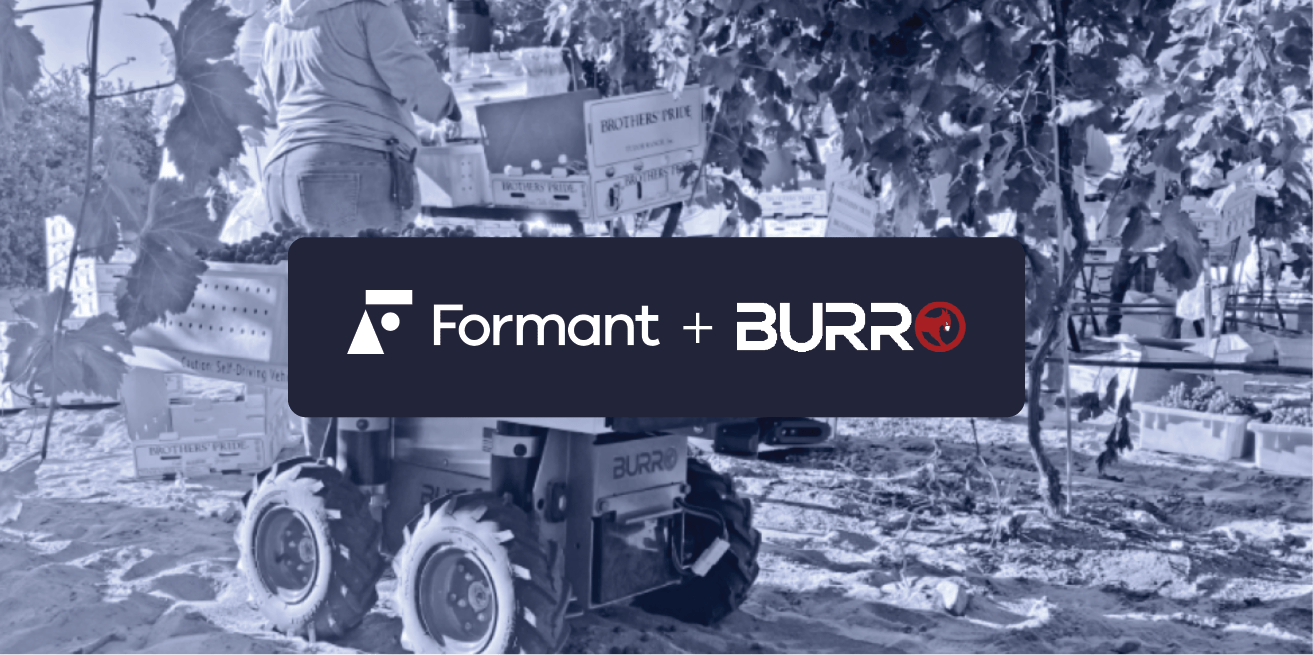What is autonomous mowing?
Autonomous mowing uses robotic lawnmowers to cut grass with little-to-no human intervention needed. This next generation of field robots dedicated to mowing takes advantage of advances in battery technology, real-time GPS, and advanced LIDAR functionality. Sensors feel for edges, obstacles, and impediments and use AI to navigate over or around objects, based on the nature of the obstacle.
Robotic solution adoption is driven in large part by labor shortages and the landscaping market is no exception. According to Graze Mowing’s research, 92% of landscapers can’t find good candidates, and one-third of hired landscapers work for less than a year.
At the same time, climate change and local sound ordinances are driving a migration from noisier, gas-powered landscaping equipment to greener and quieter electric solutions. Government incentives and rebates to adopt greener machinery have also made the switch to less-polluting options more attractive.
Market development
There are both consumer and commercial autonomous mowing on the market. Consumer vendors focus on ease of use, lowered noise, and lowered pollution. Vendors targeting the commercial sector focus on mitigating worker shortages, lowering costs, and increasing productivity and safety.
Some vendors also tout capabilities around handling steep grades, heavy undergrowth, or market-specific challenges. Semi-autonomous solutions also envision a single operator managing a number of autonomous mowers.
In addition to the bevy of new market entrants, many traditional heavy landscaping equipment manufacturers have joined the fray. Autonomous mowing software provider Greenzie has partnered with Wright, Bobcat, Scag Power Equipment, and Mean Green Electric Mowers to help them add autonomous operation to their existing heavy-duty mowers without starting development from scratch.
Autonomous mowing applications
So, where are autonomous mowers in use?
- Consumer homes. Residential homeowners wanting to spend less time maintaining their yards can choose from offerings ranging from USD$700 to $5,000.
- Professional landscaping companies. Landscapers struggling to find enough reliable workers are likely the largest autonomous mowing market. These providers use commercial equipment at residential, commercial, and government-owned locations such as parks and fields.
- Transportation corridors. This application brings autonomous mowing to highway roadsides, medians, and railroad corridors. Vendors targeting these applications focus on the ability to handle rough undergrowth and steep inclines.
- Parks, recreation areas, and resorts. Private and public fields, resorts, and recreation areas are another market segment. These buyers tend to value electric solutions with lower noise output and the ability to run at night when the grounds are unoccupied.
- Golf courses and grass sports fields. For these playing surfaces, grass maintenance is job number one. These users will value the ability to mow often and at various heights, which is critical for promoting turf health and density.
- Solar fields. Solar fields are a mostly set-it-and-forget-it kind of installation, except for the need to keep the underlying vegetation from growing over the panels. Renu Robotics is a start-up targeting this market.
- Vineyards and orchards. Mowing the grassy paths running between rows of vines or fruit trees is viewed as a non-core activity.


